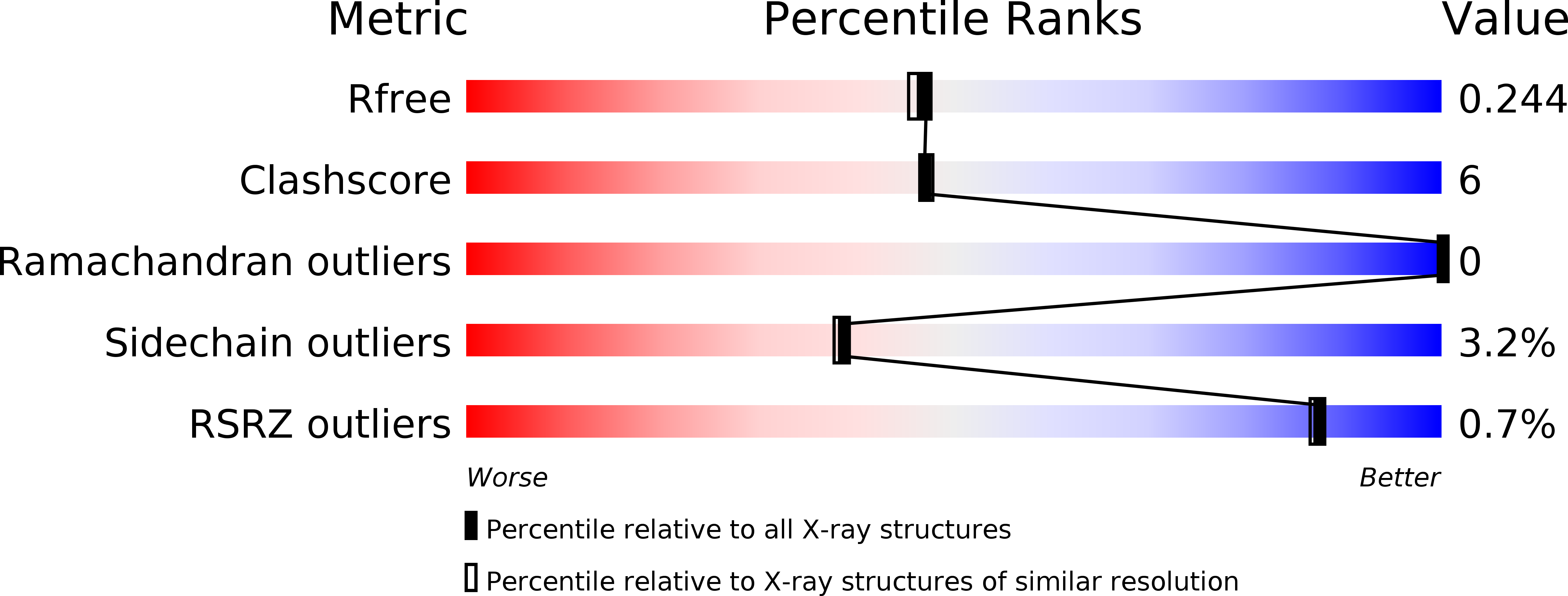
Deposition Date
2012-07-13
Release Date
2012-12-05
Last Version Date
2024-11-27
Entry Detail
PDB ID:
4G35
Keywords:
Title:
Mcl-1 in complex with a biphenyl cross-linked Noxa peptide.
Biological Source:
Source Organism:
Mus musculus (Taxon ID: 10090)
Host Organism:
Method Details:
Experimental Method:
Resolution:
2.00 Å
R-Value Free:
0.23
R-Value Work:
0.19
R-Value Observed:
0.19
Space Group:
P 21 21 21


